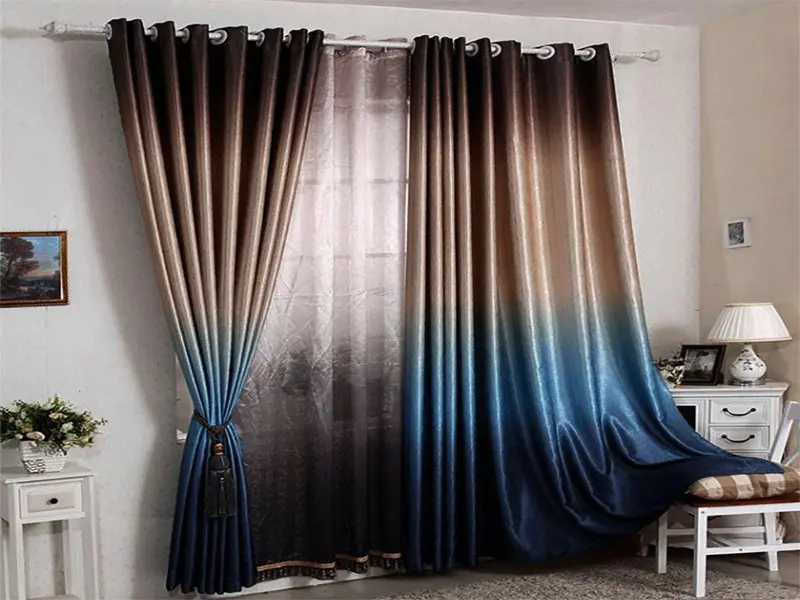Cultural Fusion in Global-Inspired Interiors: Weaving a World Into Your Home
Your home tells a story. Or, well, it should. And what’s more compelling than a story that spans continents? That’s the magic of cultural fusion in interior design. It’s not about recreating a theme park version of a far-off land. It’s about weaving together textures, colors, and artifacts from across the globe to create a space that is deeply, authentically you.
Think of it as a curated travel journal, but one you live in every single day. It’s the warmth of a Moroccan rug underfoot, the clean lines of a Scandinavian sofa, and the vibrant pop of a Mexican Otomi pillow all sharing the same room. Honestly, it’s the most personal design trend out there right now.
Beyond “Boho”: What Cultural Fusion Really Means
Let’s clear something up first. This isn’t just “boho-chic.” While that style opened the door, cultural fusion digs deeper. It’s a more thoughtful, respectful approach. It moves past surface-level aesthetics to honor the meaning and craftsmanship behind the pieces you choose.
The goal isn’t perfection or a perfectly matched set. In fact, it’s the opposite. It’s about the beautiful, slightly unpredictable harmony that comes from juxtaposition. A sleek, modern Italian lamp might look incredible next to a time-worn, hand-carved wooden statue from Bali. The contrast is the whole point.
The Core Principles of a Fused Space
So how do you avoid creating a chaotic mess? A few guiding principles can help you nail the look.
- Tell Your Story: Every piece should have a connection to you. Maybe it’s a textile from a trip to Peru, or a ceramic vase from a local artisan who uses Japanese techniques. The connection is what gives the space soul.
- Respect the Craft: Aim for authenticity. Instead of a mass-produced “ethnic-print” blanket, seek out a genuine hand-loomed throw. It supports artisans and brings a tangible energy into your home that a factory copy simply can’t.
- Embrace the “Clash”: Don’t be afraid to mix patterns. The key is to find a common thread—often a recurring color—that ties them together. A busy Indian block-print curtain can work with a geometric Kenyan Kikoy fabric if they share a similar earthy terracotta hue.
How to Weave the World Into Your Rooms
Okay, you’re sold on the idea. But where do you even begin? Let’s break it down into actionable steps. You know, the nitty-gritty.
Start with a Neutral Foundation
Think of your walls, floors, and large furniture pieces (like your sofa or bed) as the calm, neutral canvas. Whites, beiges, warm grays, and muted earth tones work beautifully. This quiet base allows your global treasures to truly sing without visual competition.
Layer, Layer, Layer
This is where the magic happens. Layering is everything in a globally inspired room.
- Textiles are Your Best Friend: Rugs, pillows, and throws are the easiest way to inject global flavor. Layer a jute or sisal rug with a smaller, more colorful Persian or Berber rug on top. Drape a Guatemalan blanket over a chair. Mix linen from Europe with silk from Thailand.
- Furniture with a Past: Incorporate at least one or two statement pieces with a story. A solid wood campaign chest, a low-slung Japanese chabudai table, or a set of rustic Italian dining chairs. These pieces act as anchors.
The Art of the Wall
Your walls are a gallery for global finds. Forget matching sets. Create a salon-style wall with a collection of art, masks, and textiles from different cultures. Hang a intricate Moroccan mirror next to a simple Swedish landscape painting. The dialogue between them creates energy.
| Cultural Element | How to Incorporate It | Keyword for Sourcing |
| Japanese Wabi-Sabi | Use handmade ceramics with irregular glazes, weathered wood, and embrace imperfection. | Hagi pottery, Wabi-Sabi aesthetic |
| Mexican Folk Art | Add vibrant Talavera tiles as coasters or backsplash, or use Oaxacan wood carvings as decor. | Talavera, Alebrijes, Otomi embroidery |
| West African Patterns | Introduce mudcloth pillows, kente cloth stripes, or baskets for texture and pattern. | Bògòlanfini, Kente cloth, Bolga baskets |
| Scandinavian Hygge | Provide the cozy foundation with sheepskins, neutral tones, and soft, ambient lighting. | Hygge interior, Danish modern |
Avoiding the Pitfalls: Fusion vs. Confusion
It’s a fine line, right? Between a thoughtfully curated global home and a space that feels like a flea market after a hurricane. Here’s how to stay on the right side of that line.
The biggest mistake is, well, appropriation over appreciation. It’s about context. Using a sacred religious object as a mere decoration can be deeply offensive. Do a little research. Understand the provenance and significance of the items you bring in. If you’re not sure, maybe don’t buy it.
Another common pain point? Overcrowding. The “more is more” approach can quickly become visual noise. Edit ruthlessly. Let your favorite pieces breathe. Sometimes, the most powerful statement is made by a single, stunning artifact placed deliberately on a clean shelf.
The Soul of the Space: It’s All About Connection
At its heart, creating a culturally fused interior is an act of connection. It connects you to your own memories of travel. It connects you to the skilled hands of an artisan half a world away. It connects different design philosophies into a new, unique whole.
Your home becomes a living map of your curiosities and passions. It’s never truly “finished,” and that’s the beauty of it. It evolves as you do, collecting stories and objects along the way. It’s a space that feels collected, not decorated. Lived-in, not staged.
So start with one piece you truly love. Build around it. Listen to what the space tells you. And remember, the most interesting rooms, like the most interesting people, are those with a well-traveled soul.




